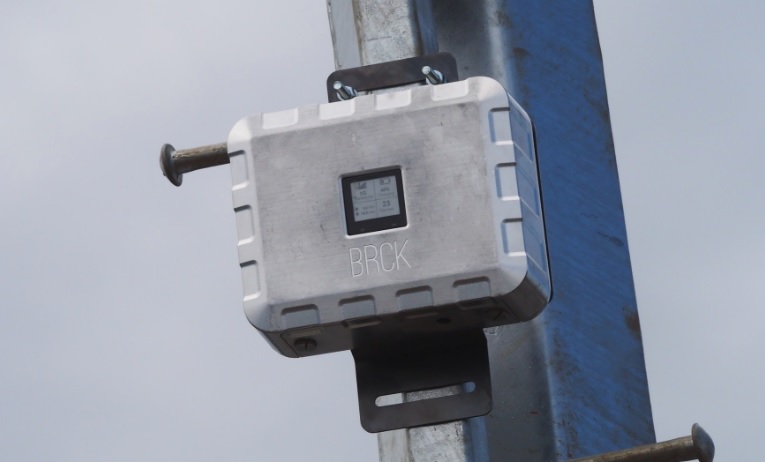Kenyan hardware and connectivity startup BRCK has partnered Facebook to launch Magma, an open source software platform that will help simplify and extend mobile network deployments for operators.
Facebook has made a raft of announcements at this week’s Mobile World Congress event in Barcelona, among them Magma, a software platform that contains the tools needed to deploy and extend LTE mobile networks in under connected and unconnected areas of the world.
Magma includes a distributed mobile packet core supporting local breakout of the data plane, in addition to network automation and management software. BRCK is one of two initial Magma launch partners, alongside Telefonica in Latin America, and will use Magma to pilot a new LTE network in Kenya.
Launched in 2013, the original BRCK is a rugged router designed for harsh environments with limited connectivity and power. The company has since rolled out further products – the Kio Kit for use in educational institutions, the enterprise-grade SupaBRCK, and the BRCK Moja – which can be used as a free public WiFi hotspot.
“BRCK’s 2,700 Wi-Fi hotspots in Kenya and Rwanda confine Moja users to a radius of 50-100 metres, a fundamental limitation of Wi-Fi networks. To give users wider coverage, BRCK has been piloting a low cost, solar-powered data-only LTE deployment that extends the Moja network with blanket coverage across kilometres with the potential to cover thousands of people per tower,” said Reg Orton, co-founder and chief technology officer (CTO) at BRCK, which recently acquired Kenyan Wi-Fi provider Surf.
“Our Moja platform is the answer for affordable internet where people can’t pay to get online. The business model allows consumers to connect to the internet for free, leveraging their digital engagement to ensure that the bandwidth is paid for. LTE allows that signal to not just work when you are within range of a Moja Wi-Fi hotspot in a restaurant, shop or bus, but works to keep you connected wherever you are – at home, as you hustle, or on the go.”
BRCK has embraced Magma as the backbone of its LTE network.
“The technology is similar to a lot of the work done in the early days of BRCK building high reliability networks in resource poor settings. It distributes the compute load to the edge, allowing for better performance in resource limited settings. It uses modern web compatible APIs and communication protocols that allow us to integrate seamlessly into our existing platforms, and most importantly it breaks the reliance on legacy systems that have put scaleable LTE out of the reach of most,” said Orton.
“And it’s built on software defined networking, so our upgrade path to 5G isn’t limited by hardware or vendor lock in, just a small matter of programming. We’ve done a lot of work internally to Magma and shared this back into the open source effort. We’ve built out a Mobile Edge Compute (MEC) platform, localising the Moja platform and increasing the speed to the consumer. We’ve built a network monitoring stack for our wireless backhaul links, and we’ve integrated the platform seamlessly into our Wi-Fi offerings and mesh networks that we run. We’ve also been integrating radios from multiple vendors for different deployment scenarios as well as making Magma work with our own SupaBRCK microserver.”


